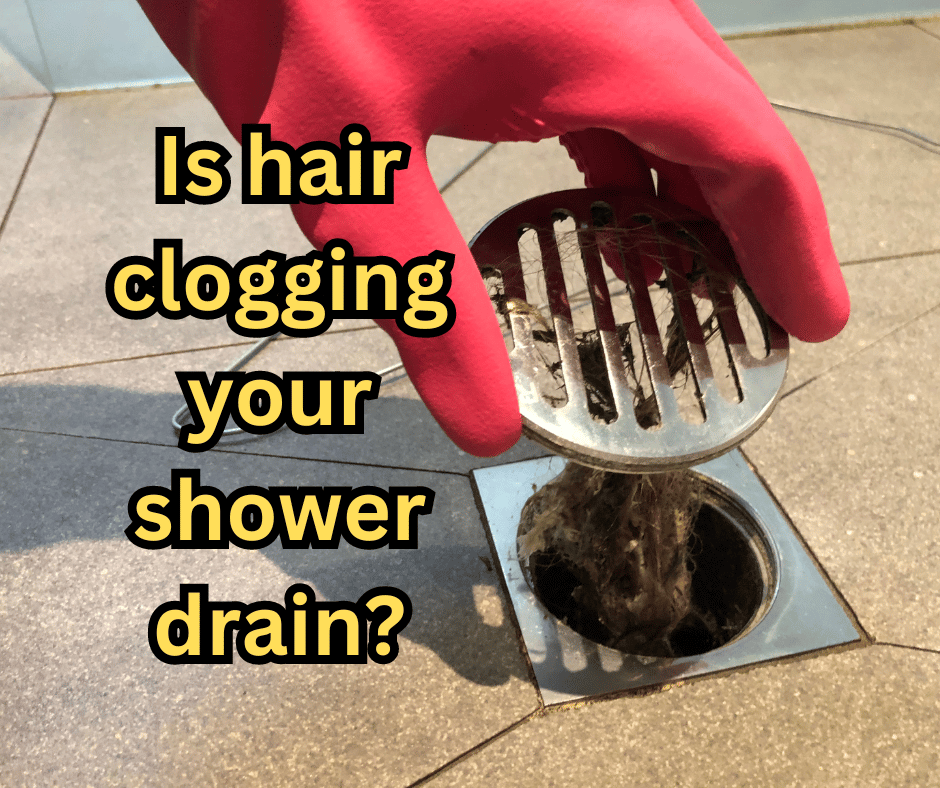
Flushing a water heater is an important maintenance task that can help prolong its life and improve its efficiency. Here’s a step-by-step guide on how to flush a hot water heater:
- Turn Off the Water Heater (Do this a few hours in advance to allow the water to cool):
- For an electric water heater, turn off the power at the circuit breaker.
- For a gas water heater, turn the gas switch or thermostat to the “Pilot” or “Off” position.
- Prepare for Water Drainage:
- Attach a garden hose to the drain valve located at the bottom of the water heater. Make sure the other end of the hose is in an area where hot water can safely drain.
- Open a hot water tap nearest to the water heater in your home. This helps air get into the tank and makes it easier to drain.
- Turn Off the Cold Water Supply:
- Find the cold water supply valve, usually located at the top of the water heater, and turn it off.
- Drain the Tank:
- Open the drain valve where you connected the hose. Be careful; the water will be hot.
- Allow the water to drain from the tank. Depending on the size of your tank and the amount of sediment, this could take some time.
- Flush the Tank with Cold Water:
- After completely drained, turn on the cold water supply for a few minutes to flush out any remaining sediment.
- Repeat this process until the water runs clear.
Finalizing the Flush: Refilling Your Water Heater
- Refill the Tank:
- Close the drain valve and disconnect the hose.
- Turn on the cold water supply to the tank.
- Keep the hot water tap open in the house until water flows freely. This indicates that the tank is full and helps remove air from the system.
- Turn the Water Heater Back On:
- For an electric water heater, restore power at the circuit breaker.
- For a gas water heater, turn the gas switch or thermostat back to the desired setting.
- Check for Leaks:
- Inspect the drain valve and other connections for any leaks.
Remember, it’s recommended to flush your water heater at least once a year to prevent sediment buildup, which can clog your water lines and create more issues. If you’re not comfortable performing these steps, hiring a professional plumber is advisable.
How Long Does It Take To Drain A Water Heater?
The time required to drain a water heater is typically about 20 minutes to an hour. This varies based on the amount of sediment present and the size of the hot water heater. A tank with a lot of sediment built up could slow the processes by blocking the flow of water. If you find that the drain valve is clogged, there are a few methods you can attempt to clear it. One approach is to turn on the cold water supply, which should use pressure to expel the blockage. Alternatively, using a metal wire hanger or a small screwdriver can help gently dislodge the obstruction and restore flow.
Why Would I Need To Flush A Water Heater?

Flushing a water heater is an important maintenance task for several reasons:
- Removes Sediment Buildup: Over time, minerals like calcium and magnesium from hard water settle at the bottom of the tank. This sediment can reduce the efficiency of the heater and increase energy costs.
- Prevents Corrosion: Sediment buildup can accelerate the corrosion of the tank, reducing its lifespan. Regular flushing helps to minimize this risk.
- Maintains Heating Efficiency: Sediment acts as an insulator between the heating elements and the water, causing the heater to work harder. This increased effort uses more energy and can potentially lead to overheating, which may damage the tank.
- Prevents Clogging: Sediment can clog water lines and affect the water flow, leading to inconsistencies in water temperature and pressure.
- Improves Water Quality: Sediment in the tank can sometimes get into the water supply. leading to discolored water or a bad odor.
- Extends Water Heater Lifespan: Regular flushing as part of routine maintenance can extend the life of your water heater by preventing the issues associated with sediment buildup.
It’s typically advised to flush your water heater annually, though this can vary. It depends on water hardness and the manufacturer’s guidelines. Hard water is more prone to sediment buildup. A clear indication of buildup is if you hear popping sounds from the tank. In which case, more frequent flushing is advised.
Wrapping Up: Warranty Wisdom & Professional Insight

The Importance of Warranty Awareness
When undertaking any DIY maintenance, such as flushing your water heater, it’s crucial to be mindful of your water heater warranty. Typically, the warranty period for a hot water heater ranges from 6 to 12 years. This timeline is not just a measure of the expected lifespan but also a key factor in determining when professional intervention might be necessary.
Consulting a Licensed Plumber
While DIY solutions like water heater flushing are effective for maintenance, they don’t replace the expertise of a licensed plumber. Complex issues, installations, and warranty-related services should ideally be handled by professionals. This not only ensures the job is done right but also maintains the validity of your warranty. Many manufacturers require professional servicing as part of the warranty terms, so it’s a smart move to consult a plumber for any task that seems out of your DIY comfort zone.
Final Thoughts
Your water heater is an essential component of your home, providing comfort and convenience daily. Regular maintenance, like flushing, is key to its longevity and efficiency. However, staying aware of the warranty and understanding when to call in a professional plumber are equally important. This balance between DIY care and professional expertise will ensure your water heater runs smoothly for years to come.



